This post has been brought to you by San Felice. All opinions expressed are my own. The following message is intended for those 21+. Please enjoy responsibly.
Today we’ll be taking a look at San Felice Chianti Classico, which comes to us from Tuscany, Italy. Up first, we’ll be covering some of the region’s basics, then we’ll move on to sampling the wine itself, and we’ll close out with some pairing and serving suggestions.
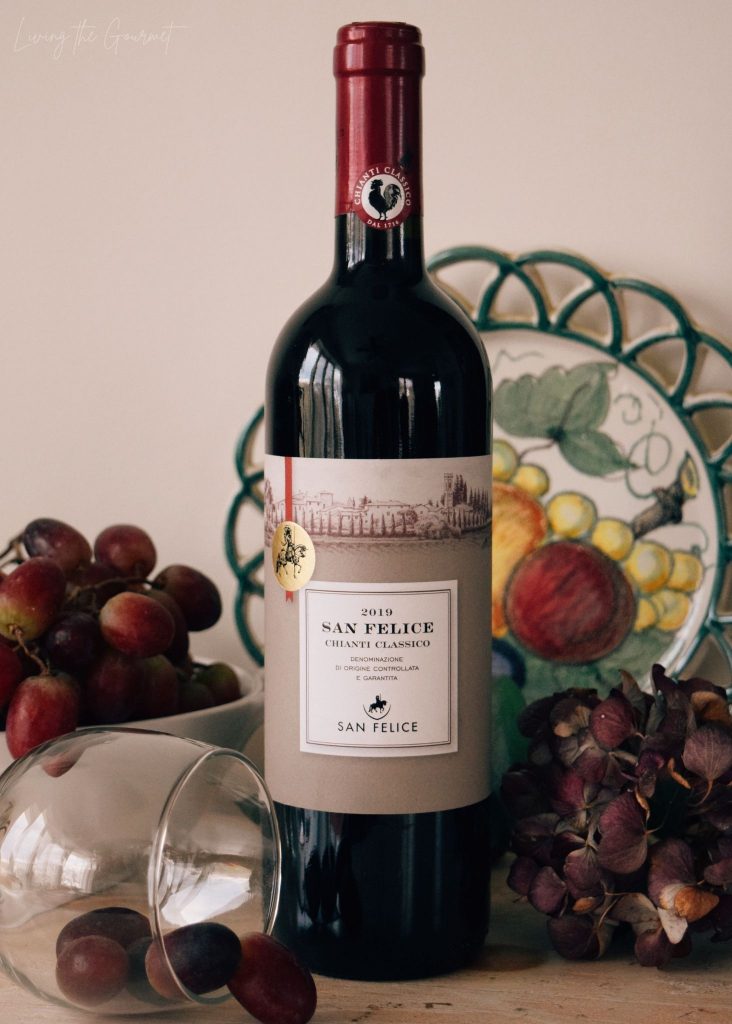
The Where – Tuscany (Chianti DOCG), Italy
Today’s bottle comes to us from Tuscany, which is arguably the most iconic wine region within Italian winemaking – which in turn makes it “One of the most iconic regions in ‘all’ of winemaking.”
In turn, the Chianti DOCG, (Denominazione di Origine Controllata e Garantita, or Denomination of Controlled and Guaranteed Origin), is the single best-known Italian wine region within Tuscany, and not without good reason. Chianti, produced from Sangiovese grapes, is recognized for its assorted cherry aromas and flavors, along with pleasantly contrasting savory notes, rich acidity, and full tannins. The first Chianti wine zone dates back over three hundred years to 1716 courtesy of Grand Duke Cosimo Medici. Recognizably ‘modern’ Chianti, the ‘style’ or blending of Sangiovese that we all know and love today, dates back to the 1800s, courtesy of Barone Ricasoli of the Castello di Brolio winery.
Outside of the Chianti DOCG, Tuscany is divided across a whopping forty-one DOCs and 11 DOCGs, Italy’s regional classification system, which regulates how and where wines are made. Aside from production methods and geography, this classification system also sets rigid quality standards, including but not limited to standardized taste testing.
However, despite the literally dozens of specified production areas and methods into which Tuscany is divided, the bedrock of Tuscan winemaking is a single varietal – Sangiovese. Sangiovese so dominates the region that it is almost impossible to talk about Tuscan winemaking without giving mention to the grape that produces the dry red wines for which Tuscany is famous. Prized for its high acid, ‘pleasantly firm’ tannins and balance, a quality wine based on Sangiovese will evoke images of ripe dark cherries and black stonefruit, perforated with stark herbal notes. Chianti, Vino Nobile di Montepulciano, and Brunello di Montalcino (all of which we’ve reviewed here on Living the Gourmet), are just a few of the world-renowned wines produced from Sangiovese.
However, Sangiovese is assuredly ‘not’ the beginning and end of the story of Tuscan winemaking. For example, the 1970s saw the rise of ‘Super Tuscans,’ an unofficial term used to describe several high-quality Tuscan wines that were – for one reason or another – excluded from receiving DOC or DOCG status by breaking traditional Italian winemaking norms. Regardless of local labeling, a number of these wines achieved critical acclaim, as well as commercial success, and ended up becoming ‘cult wines’ that commanded high prices. Over the ensuing decades some of these ‘Super Tuscans’ were granted DOC or DOCG status – although it can be argued that such status detracted from their ‘cult’ mystique as ‘rogue labels.’ Aside from the controversial ‘Super Tuscans,’ other wines have also seen success across Tuscany, such as Syrah, Merlot, and Cabernet Sauvignon.
Tight regulations and quality standards aside, climate is perhaps the foremost factor in Tuscany’s success. The region’s warm and temperate coastline is flanked by inland hillsides and mountains, which help temper the region’s searing summers, which in turn contributes to increased temperature variation. This temperature variation between the hills, mountains, and warm coastline help balance the sugars and acidity of the region’s grapes. Sangiovese performs best when it receives maximum direct sunlight, and as such the hilly terrain of the region is almost tailormade for this grape, with the majority of area’s vineyards being planted at elevations of between some five-hundred and sixteen-hundred feet. This higher elevation further increases temperature variance, which further increases the balance in sugar and acidity.
The Bottle – A Showcase
Today we’re reviewing the 2019 San Felice Chianti Classico:
Tasting and Aromatics – The Review
The San Felice Chianti Classico is a medium-bodied wine, featuring a dazzling ruby red coloration, and a hue that almost glows when it catches the light. This gorgeous appearance makes for a marvelous first impression. Off the top of the glass, the wine greets with aromas of red cherry and raspberry, set against a background of wildflowers and dew damp grass. Something citrusy lingers just out of sight in the background, perhaps orange peel or a dash of apricot, although this could be me spending too much time in the bouquet. On the palate, the wine is decidedly medium-bodied, and quite dry, with barely-there tannins, and a refreshingly crisp acidity, with the berry notes from the bouquet carrying over quite pleasantly. A very enjoyable wine from start to finish.
What to Eat – The Pairings
By the book Chianti pairings are the way to go with this particular bottle. That means rich, heavy, and meaty entrees. A prime rib prepared with a curry and cayenne-based rub mixed with garlic, coriander and cumin, would pair excellently. Beef tacos are another great pairing, particularly with a medley of Mediterranean flavors, such my “Greek Style Tacos.” Conversely, you might also consider an herb roasted rack of lamb, prepared with a mix of honey, oregano, garlic, and basil. Seared beef steaks, shark steaks, spicy barbecue, and red sauces over pasta, are all potential pairings.
2
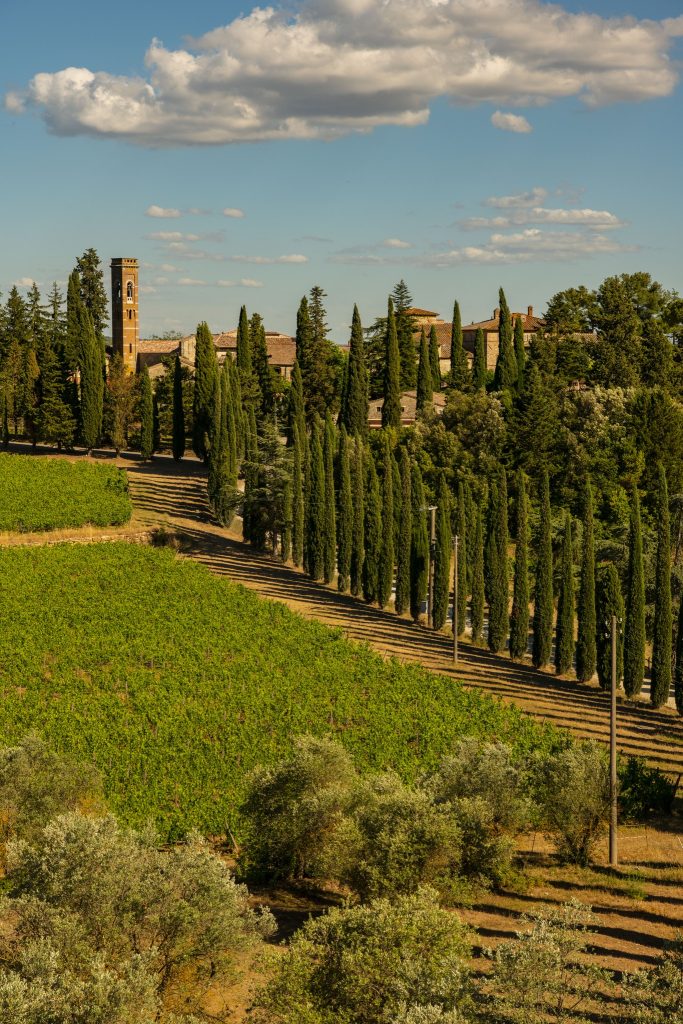
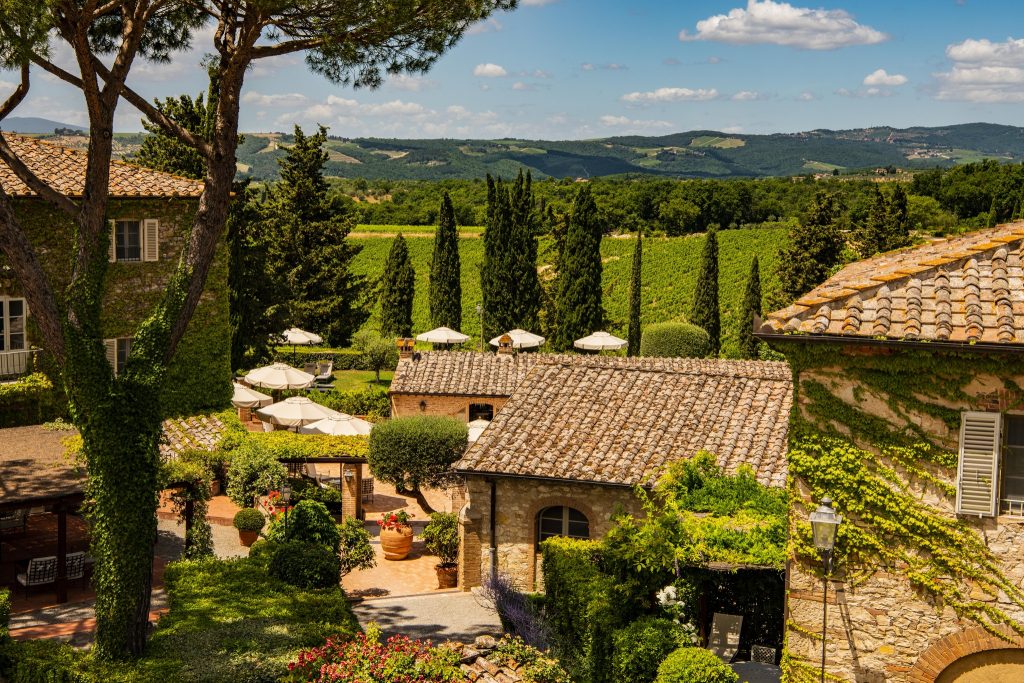

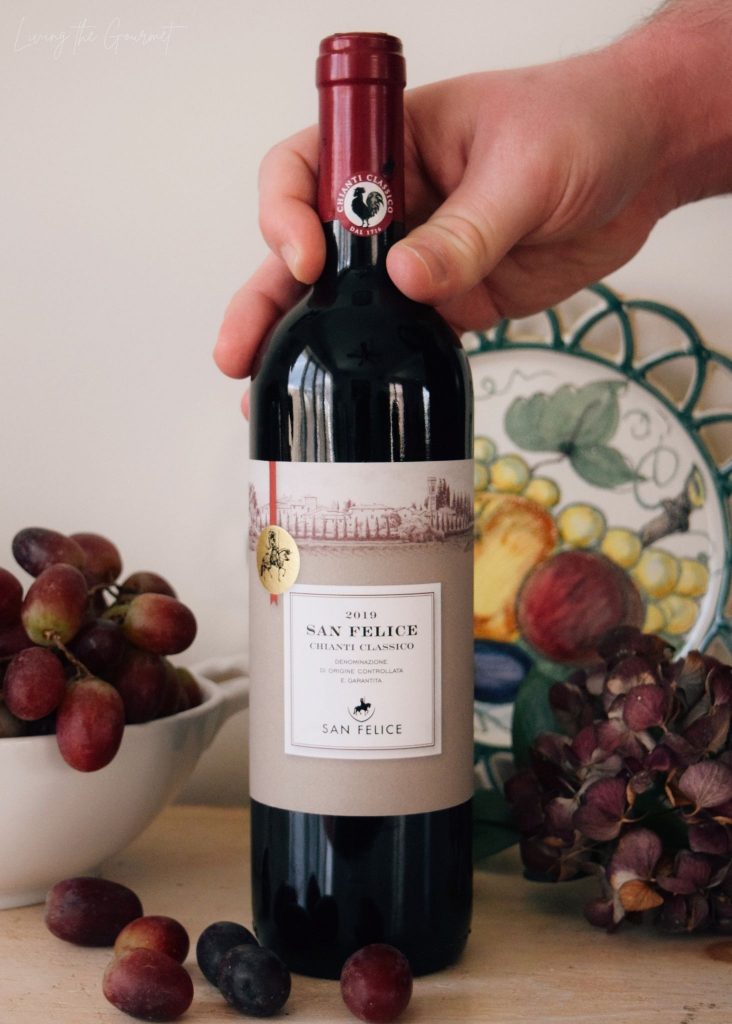
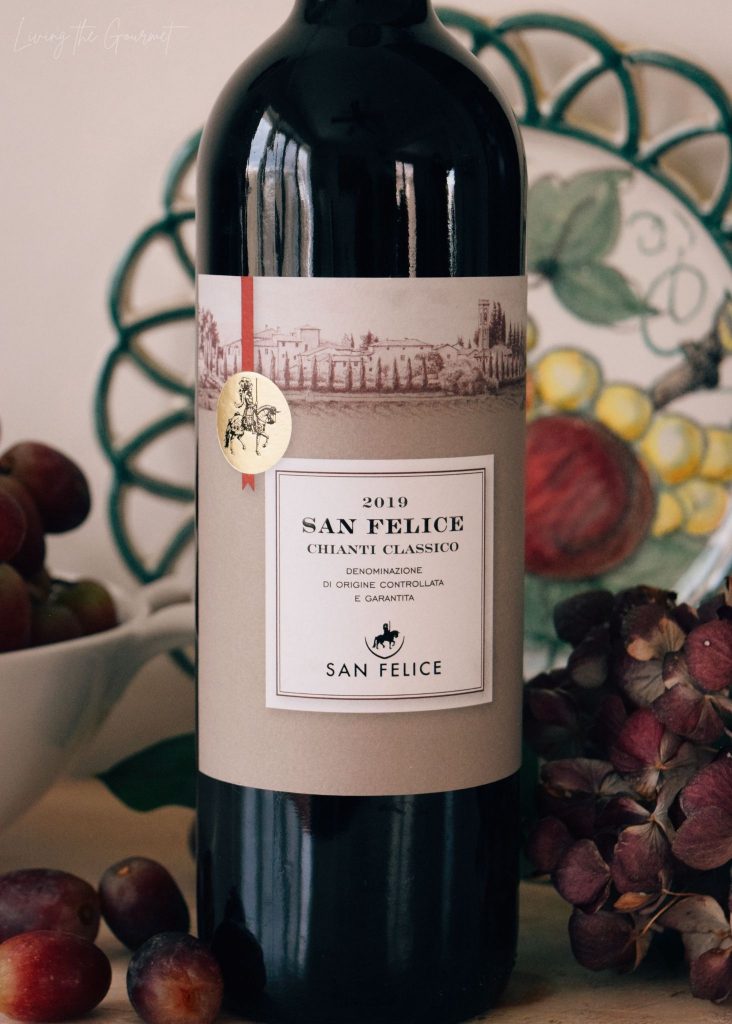
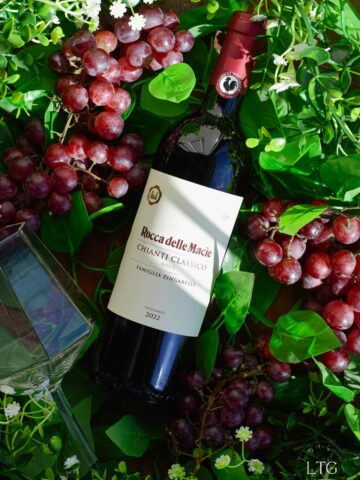
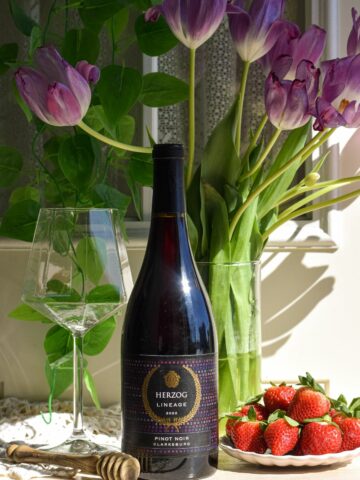
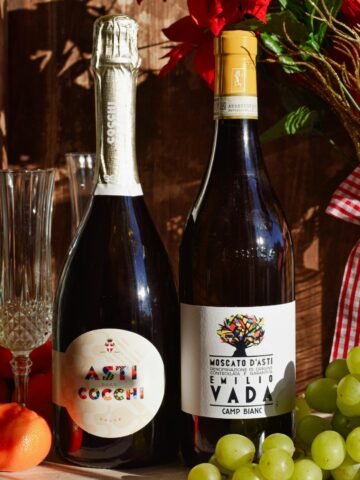
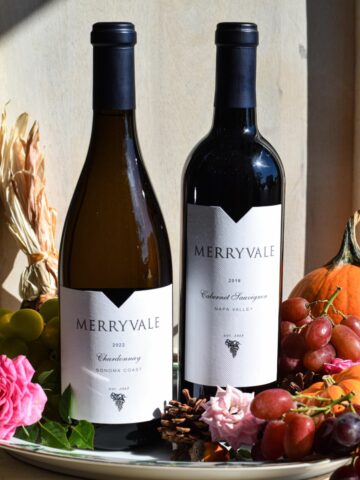
Joyce K. says
I am still new to wine, so I don't know much about it. However, this was very informational and made me want to try it out!
Melanie Edjourian says
This sounds perfect for my husband. He does love Chianti but I've not bought him any in a while. It will go well with the steak i'm making him this weekend.
Rhian Westbury says
Even as a non red wine drinker I've heard of chianti and have heard of lots of lovely wines from Tuscany. This sounds like a lovely bottle x
Risa Lopez says
I want to try this. Perfect for dinner dates with steaks, lol. I love red and white wine. I will check this out.
Yeah Lifestyle says
Tuscany looks so beautiful and I can't wait to visit it. In the mean time I will look for Chianti to enjoy at home
Lavanda Michelle says
I am very new to wine. The San Felice Chianti sounds great, I would have to try it.